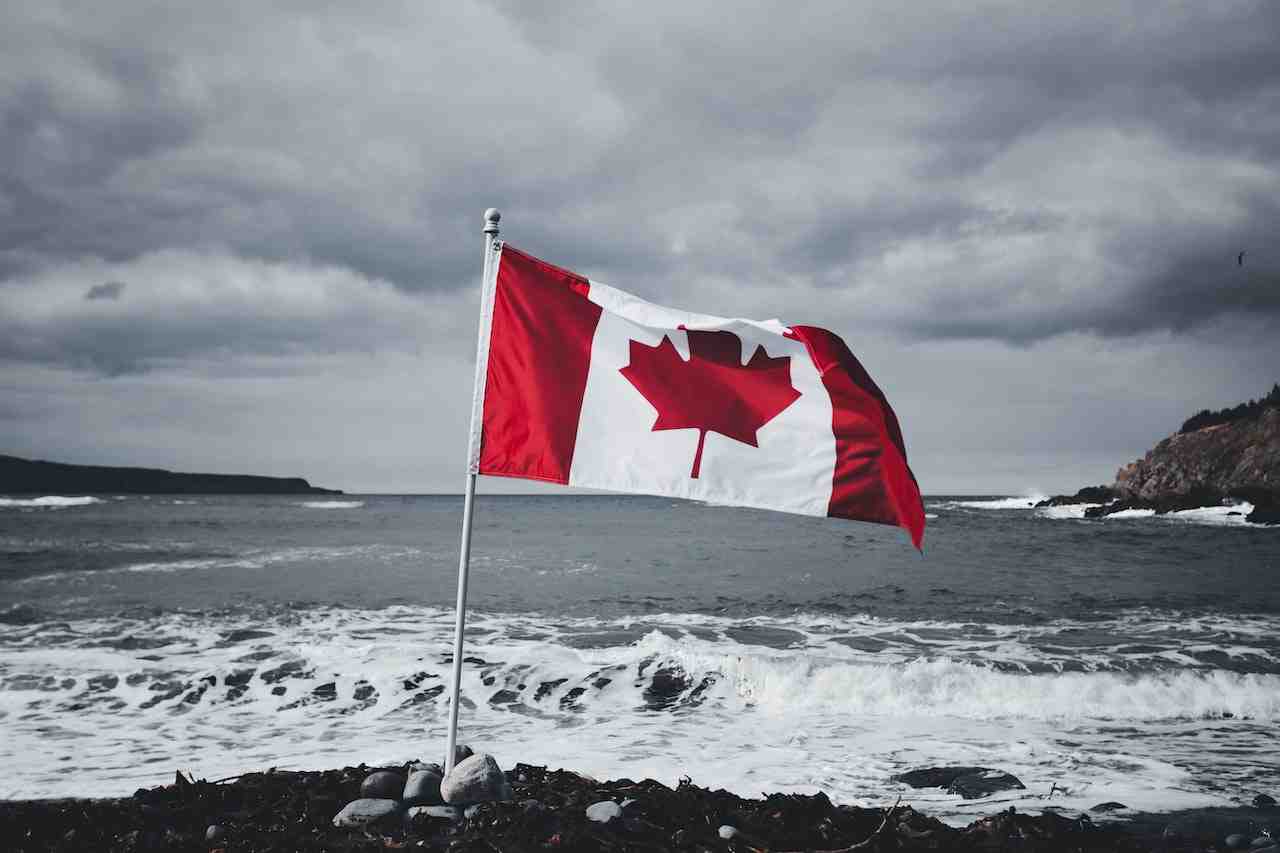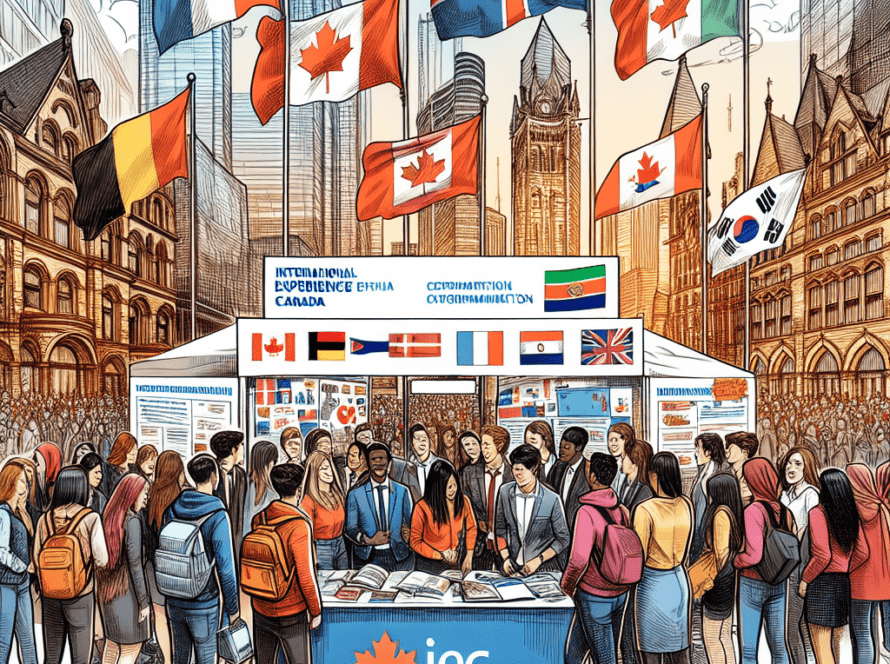Canada’s Liberals Update Voting Rules to Combat Foreign Interference

The Upcoming Liberal Leadership Race: A New Era for Canadian Politics
As Canada gears up for a potentially transformative leadership race in March 2025, the Liberal Party is making significant changes to its electoral process. With Prime Minister Justin Trudeau stepping down, party members will soon select a successor under new, stricter voting regulations designed to protect the integrity of the democratic process amidst rising concerns over foreign influence.
Key Changes to Voting Regulations
In a decisive shift, the Liberal Party has restricted voting rights in the leadership contest to Canadian citizens and permanent residents only. This marks a departure from previous elections, where non-residents were allowed to participate. By tightening these rules, the party aims to mitigate risks associated with foreign interference and enhance the legitimacy of its internal democracy.
Another notable aspect of the new regulations is the inclusion of youth participation; members as young as 14 will still be eligible to vote. This move is aimed at fostering inclusivity and ensuring that younger generations have a voice in shaping their political landscape, while still adhering to the new security measures.
Financial Hurdles for Candidates
Alongside the stricter voting criteria, the Liberal Party has raised the bar for potential candidates with a substantial increase in the entry fee. Candidates are now required to raise $350,000 to run, a significant jump from the $75,000 fee imposed in 2013. This financial barrier serves to ensure that only serious contenders with adequate resources can enter the race, reflecting the escalating costs of political campaigning in Canada.
As the registration deadline of January 27 approaches, candidates are expected to mobilize support and recruit new party members, setting the stage for a highly competitive environment.
A Pivotal Moment for the Liberal Party
The stakes are high as the Liberal Party prepares for a leadership transition. The next leader will need to navigate a challenging political landscape, with parliamentary sessions resuming shortly after the vote. A looming non-confidence vote will further complicate matters, emphasizing the urgency for a strong and capable leader to guide the party through potentially turbulent times.
Current candidates include Ottawa MP Chandra Arya and former MP Frank Baylis, with high-profile figures like former Bank of Canada Governor Mark Carney and Finance Minister Chrystia Freeland still considering their options. The outcome of this leadership race will not only determine the future of the Liberal Party but also set the tone for Canadian politics in the years to come.
Addressing Foreign Interference
The Liberal Party’s decision to limit voting to citizens and permanent residents underscores a broader trend in Canadian politics: a heightened awareness of the dangers posed by foreign interference. With the rise of digital disinformation and outside influences, safeguarding the political process is more critical than ever. The steps taken by the Liberal Party reflect a commitment to maintaining the integrity of Canadian democracy while balancing openness and inclusivity.
Looking Ahead: The Future of Canada’s Political Landscape
As the leadership race approaches, the implications of these new rules are manifold. They not only aim to secure the electoral process but also challenge potential candidates to rise to the occasion amid new financial and participatory barriers.
For Canadians, this leadership contest represents a crucial juncture, with the potential to redefine the Liberal Party’s direction and, by extension, the country’s political future. As various candidates prepare to make their case, the race promises to be a defining moment, shaping the trajectory of governance in Canada for years to come.
In this evolving political landscape, the question remains: who will emerge as the leader capable of uniting the party and addressing the pressing challenges facing Canadians today?



